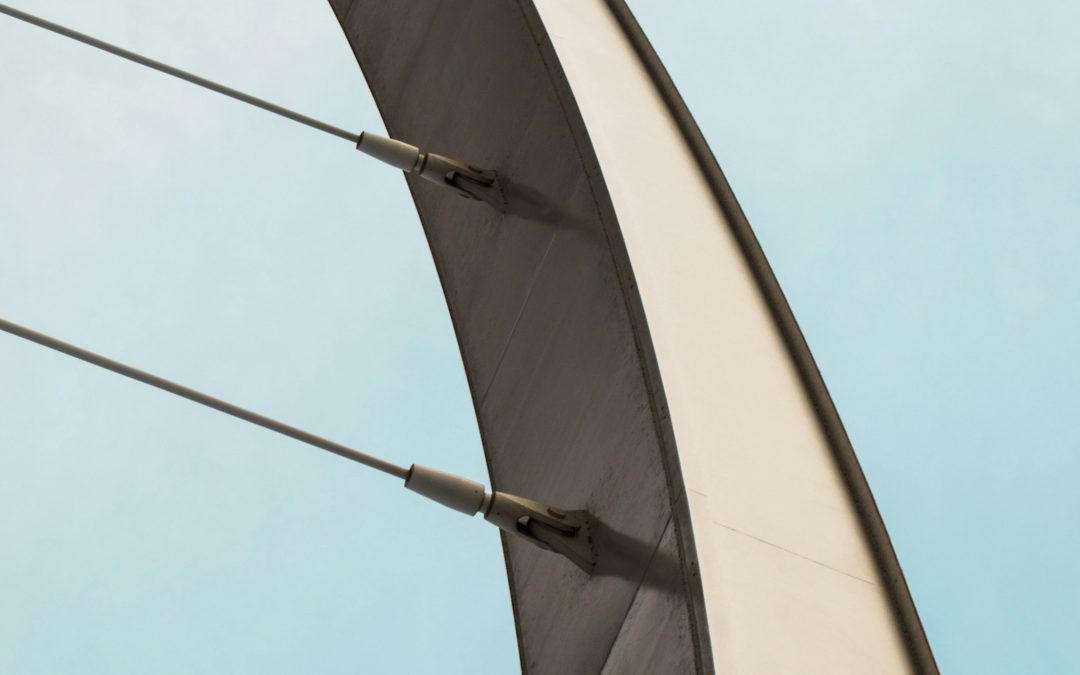Throughout the lifespan of modern architectural design, structural steel has continually proven its versatility – not only as a material with great tensile strength, but also in its flexibility in adapting from aesthetic to aesthetic. One of the more fascinating applications of steel detailing lies in the creation of curved structural elements, which have since become a non-negotiable staple in architectural features and detailing since the advent of the 20th century, and its nexus in the Second Industrial Revolution. While steel’s traditional association might be with angular, linear forms, the emergence of advanced detailing technologies has opened new avenues for fabricating complex, non-linear shapes. These innovations have largely been responsible in achieving precision when translating intricate architectural concepts into reality – Weldform Structures explores more on the topic!
The Role of Steel Detailing in Curved Structures
Steel detailing finds some of its greatest applications among more complex drafting – curved elements, in this case, are held to higher hurdles in engineering to meet both aesthetic and structural requirements. When fabricating curved steel structures, precision becomes crucial due to the complex geometry involved – not to mention the particular behaviour of the structure in environmental (and other force) contexts. Steel detailing, with this in mind, refers to the meticulous process of creating detailed drawings and models that guide the fabrication and erection of steel components, with every curve, angle, and joint designed to exact specifications.
The process typically starts with the creation of a 3D model that accurately reflects the curved structure. This model is then used to generate detailed fabrication drawings that include all necessary dimensions, angles, and other specifications. These drawings serve as the blueprint for fabricating the steel elements, ensuring that every piece fits perfectly together. Advanced software, such as Autodesk’s AutoCAD software, allows engineers and fabricators to input complex curves into their designs while maintaining structural integrity. Curved beams, for example, require precise bending techniques and need to maintain load-bearing capacity, which makes the accuracy provided by steel detailing indispensable.
Structural Benefits of Curved Steel in Modern Architecture
Though they’re most regarded for their ability to express more forms and variations in design and shape, they also serve undeniable structural functions. Arches and curved beams, for instance, distribute loads more efficiently than straight beams, making them ideal for large, open spaces without the need for excessive internal support. This is particularly relevant in projects where open floor plans or large spans are required, such as sports arenas or exhibition halls.
One key advantage of using curved steel elements is their ability to withstand lateral forces, such as wind and seismic activity, more effectively than alternative forms of fabrication. Steel detailing is critical in ensuring that these curved elements maintain their structural integrity – without precise detailing, there is a higher risk of inconsistencies in the curvature, which could compromise the strength of the structure. Through careful planning and the use of advanced 3D modelling, fabricators are able to create curved steel elements that meet the geographical, elemental and domestic needs of its users and environment.
The Future of Curved Steel in Architectural Design
As the demand for unique and visually striking buildings continues to grow, the use of curved steel elements in architecture is likely to increase. Steel detailing will play an even more critical role as architects push the boundaries of what is possible with steel. Already, innovations in fabrication technology, such as robotic welding and automated cutting, are allowing for more complex and intricate designs to be realised with greater precision – projects like the Barangaroo development in Sydney demonstrate how modern technology and advanced steel detailing can enable the creation of innovative and sustainable architectural designs.
At its core, steel detailing serves as the backbone of modern curved steel fabrication, as assistant tech and processes of machining grow in intuitive use. Whether through advanced software or fabrication methods, precision detailing ensures that curved steel elements are both functional and visually stunning, reinforcing their place in the future of modern architecture. For more on the technical aspects involved, reach out to Weldform Structures today!

